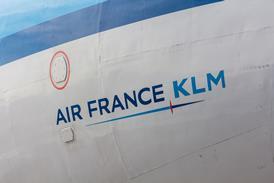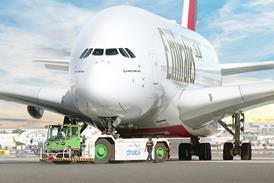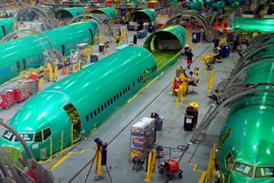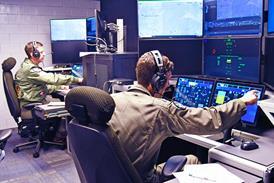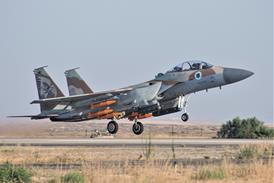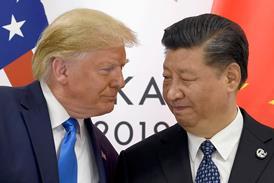Oil-rich it may still be, but the Middle East is no longer the overheated defence market it once was. Oil prices remain high, but with political and social issues demanding their attention, the region's governments are taking a measured approach to modernising their armed forces.
Gulf states gathering this week at the seventh IDEX international defence exhibition and conference in Abu Dhabi, United Arab Emirates (UAE) (12-17 February) have become educated and exacting customers, and capability, not quantity is taking precedence in procurement decisions.
The UAE is leading the charge, underwriting the development of an advanced, Block 60 version of the Lockheed Martin F-16. The $8 billion commercial contract for 80 aircraft required tough negotiations because of UAE demands for access to US technology, but flight testing and pilot training are under way and in-country delivery of the first F-16E/Fs is set for May.
The F-16s will enter service alongside the air force's Dassault Mirage 2000-9s, and the mixed fleet is posing a unique interoperability challenge. Last year, the UAE rejected a second offer of Northrop Grumman E-2C Hawkeye airborne early warning aircraft because the datalink could not be fully integrated with its Mirages and command and control system.
The USA is hopeful of securing a three-aircraft deal this year, if it can meet the UAE's requirements for interoperability with the French-supplied datalink on its Mirage 2000s and being fitted to its F-16s. Oman, which will begin taking delivery of 12 Block 50 F-16C/Ds this year, is also a potential customer for the E-2C, according to the US Department of Defense.
Oman, like the UAE, has embarked on a re-equipment programme that emphasises capability. The air force began taking delivery of 16 AgustaWestland Super Lynx 300 multi-role helicopters in June last year, and in July ordered 20 NH Industries NH90 tactical transport helicopters. Oman is the first Middle East customer for both aircraft. The larger NH90, which will enter UAE service in 2008 in utility and search-and-rescue roles, also has strong prospects in Saudi Arabia.
Across the wider Middle East, there are a number of outstanding requirements for a range of aircraft types. While Lockheed is promoting its new-build C-130J and Boeing its rival C-130 avionics modernisation programme, the region is seen as a promising market for the smaller EADS Casa C-295 and Lockheed Martin/Alenia C-27J tactical transports. Oman and Qatar are among those with requirements.
There are also several requirements for VIP aircraft across the region, which could be influenced by the US Navy's choice of the Lockheed US101 as the next US presidential helicopter. The decision should boost the prospects of AgustaWestland's EH101, on which the US101 is based.
With new fighters entering the region, there is talk of new trainer requirements. The UAE and Israel are the first countries invited to evaluate Korea Aerospace Industries' T-50 supersonic trainer, co-developed with Lockheed.
GRAHAM WARWICK / WASHINGTON DC
Source: Flight International

